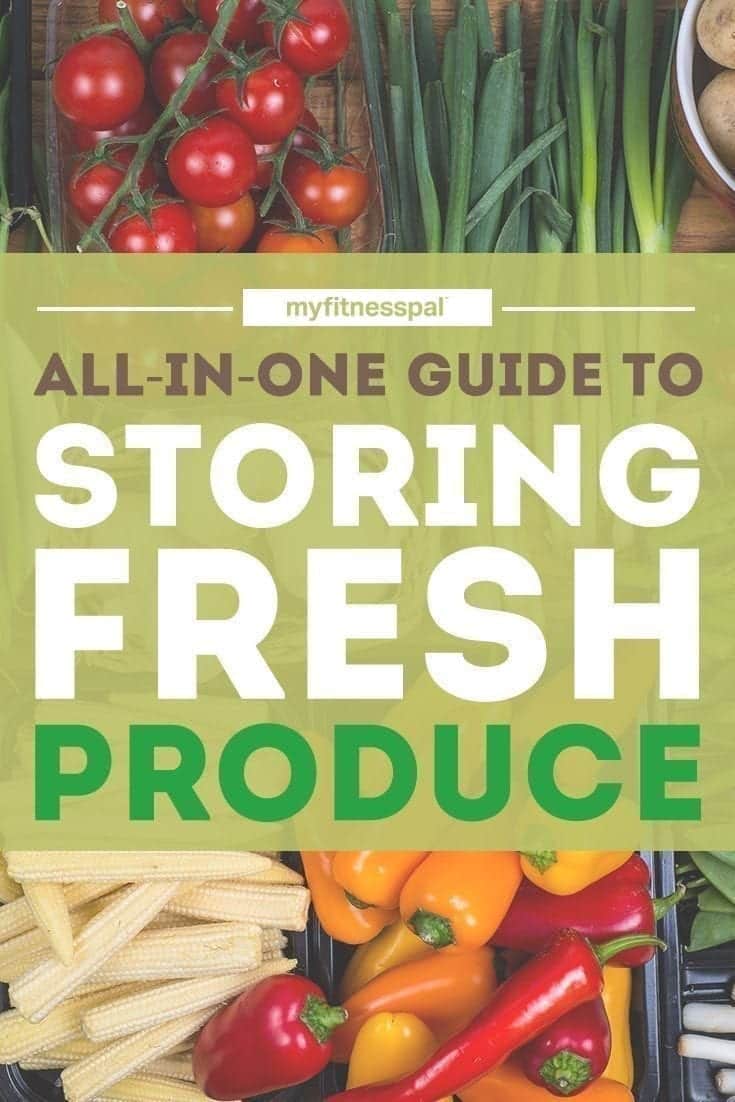Getting adequate fruits and vegetables is crucial to our health and well-being, but it may be easier said than done. Case and point: The Center for Disease Control and Prevention recently released a report showing that only 1 in 10 Americans eating enough fruits and vegetables. This in spite that they are universally promoted as healthy and consistently shown to reduce our risk for chronic illness. For some of us the challenge is taste and familiarity, but for countless others, fresh produce is hard to afford.
Food Deserts – Did you know?
Loosely defined, “food desert” is an area where people have less access to affordable nutritious foods like fruits, vegetables, whole grains, low fat dairy, etc. Nearly 30 million Americans currently live in a space meeting this definition. Why does this matter? Research confirms what we intuitively know: living close to multiple grocery stores is linked to higher intake of produce. Our environment shapes our food choices, and our food choices shape our health.
Naked Juice’s #DrinkGoodDoGood
Help us spread the word about food deserts! In the fight against food deserts, Naked Juice is contributing 250,000 pounds of fruits and vegetables upfront. With your help we want to donate even more.
Take a fruit or veggie selfie using #DrinkGoodDoGood, and for everyone Naked Juice will donate an incremental 10 pounds of produce to neighbors in need. Click here to learn more.
Make the Most Out of Produce
The struggle to afford fresh fruits and vegetables is real, but knowledge is power. Knowing the proper way to store produce at home will not only preserve freshness, flavor and nutrients, but also save you money, too!
You’ve probably realized that certain fruits and vegetables fare better on the countertop, while others last longer and taste better coming out of the refrigerator. What you may not know is why. As it turns out, colder is not always better when it comes to food storage. Cold refrigerator temperatures, which usually range from 38° to 42°F (3.3° to 5.6°C), can actually damage some types of produce, and/or prevent them from fully ripening. If you want to see for yourself, put a banana in the refrigerator and see what happens.
To help you get the most out of your fresh produce, we’ve created a comprehensive guide to storing fruits and veggies. Feel free to “pin it” to Pinterest, or print a copy to keep on the refrigerator at home.
Countertop
Fruits and vegetables suitable for storage on the countertop or in your pantry typically keep for anywhere from 3-7 days, until fully ripe. Storing produce in a bowl, paper bag or plastic bag with small holes can speed ripening. Whatever you do, don’t keep produce in sealed plastic bags on the countertop. The trapped carbon dioxide and moisture paired with a lack of oxygen increases the likelihood of unpleasant odors and decay.
Refrigerator & Cool Storage
While most countertop-friendly produce is perfectly okay to leave out, fruits and veggies in the fridge have very different needs. Some prefer to be exposed to the air, others in airtight plastic bags or containers, and certain veggies, like mushrooms, like a mix of the two. Just like your children are picky about vegetables, some vegetables can be picky about temperature, preferring a cool 50-60°F basement over a much colder refrigerator. The guide below outlines all of this for you.









